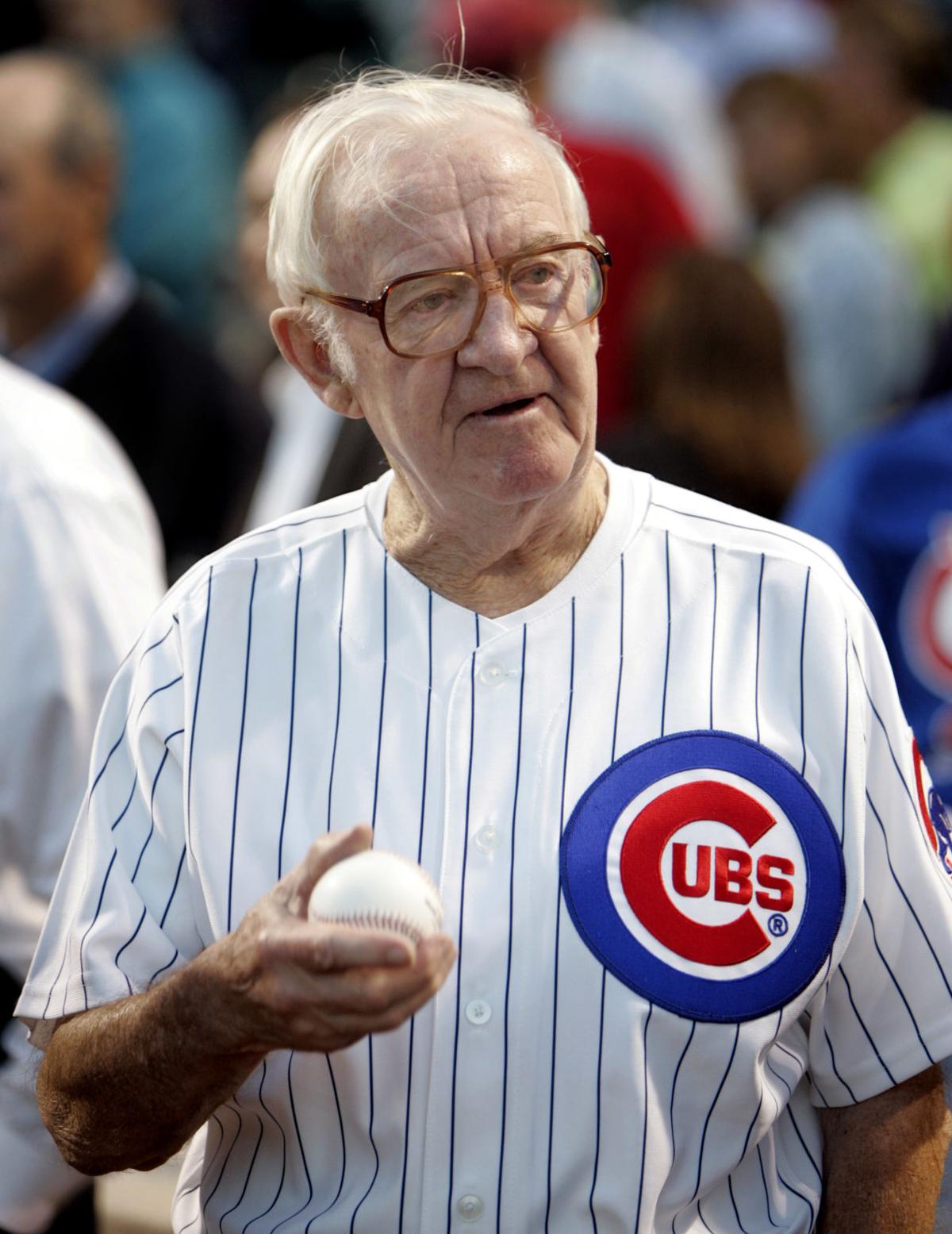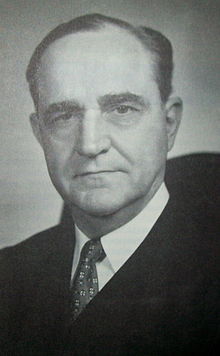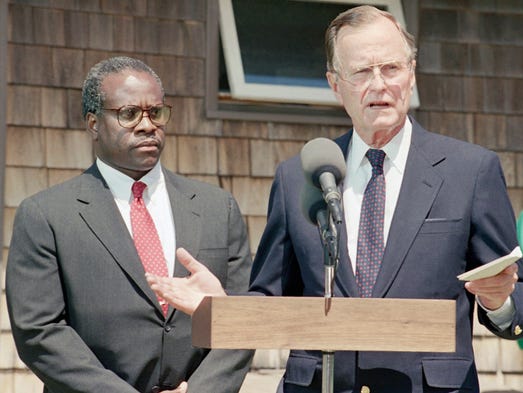While we wait for today’s Conference Order List, which will probably be released on Monday, here’s a summary of other recent orders and cert grants.
On Monday, October 16, the Court declined the petition for certiorari in Al-Nashiri v. Trump, a case involving Abd Al-Rahim Al-Nashiri, a Guantanamo detainee who has been held in U.S. custody for the past 15 years without trial for his alleged connection to the bombing of the U.S.S. Cole in 2000. Lyle Denniston, at Lyle Denniston Law News, notes that the denial indicates that the “troubled military commission system at Guantanamo Bay won’t be second-guessed by the Supreme Court” as this is the “second time within a week that the Court chose to bypass a Guantanamo case.”
The Court also announced cert grants in four cases. In United States v. Microsoft Corp. the Court will consider whether Microsoft must comply with a probable-cause-based warrant issued by the federal government to release specific electronic materials—controlled by the company—stored in an overseas datacenter. The government cites 18 U.S.C 2703 in their warrant for Microsoft to disclose the emails of a particular individual, which they argue was engaged in drug activity. The Second Circuit held in favor of Microsoft arguing that the government interpreted the warrant to be an “impermissible extraterritorial application of the statute.” As the National Law Journal explains, this case “highlights the current tension between law enforcement needs and privacy concerns in a rapidly changing digital landscape.”
In Dahda v. United States, a federal district court in Kansas issued a warrant for a wiretap under the Omnibus Crime and Safety Streets Act of 1968. The government tapped the phones of twin brothers Los and Roosevelt Dahda and used the evidence collected to convict them of conspiracy to distribute illegal drugs. Law enforcement wiretapped the brothers’ phones to intercept calls and collect evidence. On appeal, the brothers argued the court did not have jurisdiction to issue a warrant that covered calls when the phones were outside of the state of Kansas. The Tenth Circuit ruled in favor of the state. Justice Neil Gorsuch was on the Tenth Circuit panel that heard oral argument, although he did not participate in the final decisions, and he recused himself..
In Ohio v. American Express, the Court will hear oral arguments on AmEx’s usage of a contractual obligation to prevent merchants from steering consumers to use other credit cards and whether those rules hurt competition among other credit card companies in violation of Section 1 of the Sherman Act. The District Court ruled in favor of the plaintiffs — a group of states and, originally, the federal government– applying the “rule of reason” and finding that AmEx’s contracts stifled competition among other credit card companies and had no procompetitive benefits. The Second Circuit reversed. American consumers rely heavily on credit cards for their day-to-day purchases. Bloomberg reports that in 2011, there were 22 billion and worth roughly $2 trillion, according to court documents. (The federal government encouraged the Court not to take the case.)
Lastly, the Justices agreed to hear arguments on a Double Jeopardy case, Currier v. Virginia. The question before the Court is whether a defendant who consents to severance of multiple charges into subsequent trials loses his right under the Double Jeopardy Clause to the issue-preclusive effect of an acquittal. The State of Virginia indicted Michael Currier for stealing a safe as well as being a felon in possession of a firearm, all based on the theft of a safe that contained, among other things, firearms. During the first trial, the jury found him not guilty of stealing the safe. At the second trial (for the possession of a firearm charge), Currier argued that because he was found not guilty of stealing the safe, he was unable to possess the contents of the safe—the guns. The Virginia Supreme Court rejected this argument.
And on Tuesday, October 17, the Court removed Leidos, Inc. v. Indiana Public Retirement System from the November argument calendar after parties informed the justices that they are near a settlement. Leidos is a case concerning whether a Securities and Exchange Commission regulation constitutes a “duty to disclose” required by the Securities and Exchange Act, which allows shareholders to sue a company for excluding information from shareholder reports. Greg Stohr, of Bloomberg, reports that in a joint filing on October 6, the parties asked the Court to drop the case while they finalize the settlement.
This post was drafted by Matthew Webber, ISCOTUS Fellow, Chicago-Kent Class of 2019 and edited by Anna Jirschele, ISCOTUS Editorial Coordinator, Chicago-Kent Class of 2018 and Elisabeth Heiber, ISCOTUS Fellow, Chicago-Kent Class of 2019.





